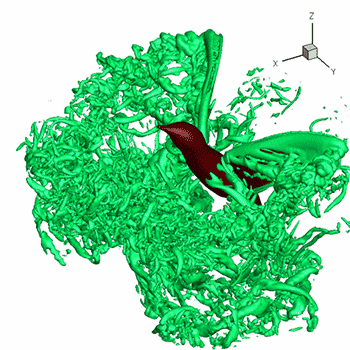How do you find the asymptotes for #f(x) = (2x^2 + 1) / (x^2 - 4)#?
1 Answer
The vertical asymptotes are
Explanation:
Vertical asymptotes occur where
The vertical asymptotes are
Horizontal asymptotes are found by comparing the degree of the denominator to the degree of the numerator.
If the degree of the denominator is greater than the degree of the numerator, the horizontal asymptote is
If the degree of the denominator is equal to the degree of the numerator, the horizontal asymptote is the leading coefficient of the numerator divided by the leading coefficient of the denominator.
In this example, the
If the degree of the denominator is less than the degree of the numerator, there is an oblique asymptote. This example does not have an oblique asymptote.

